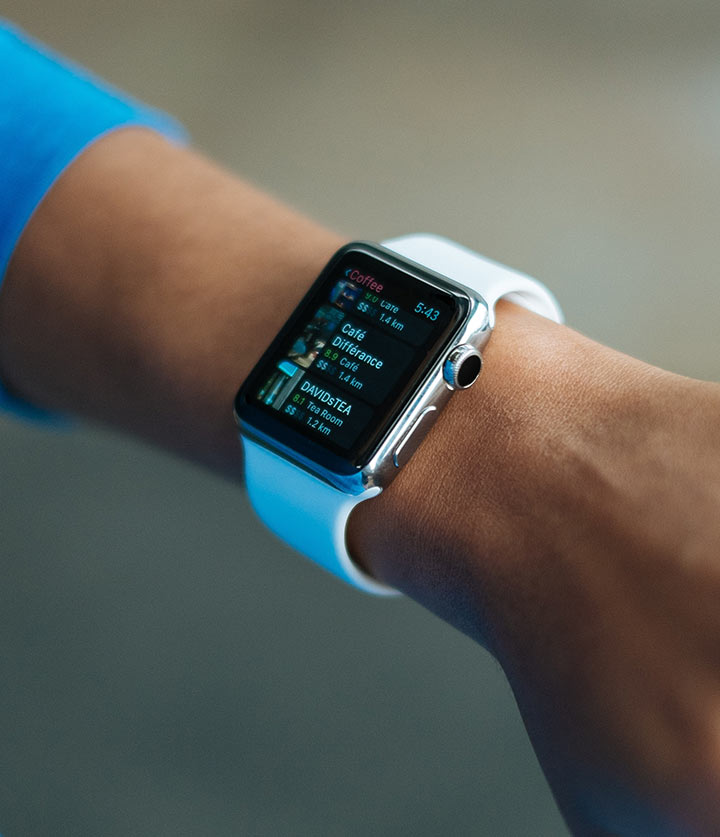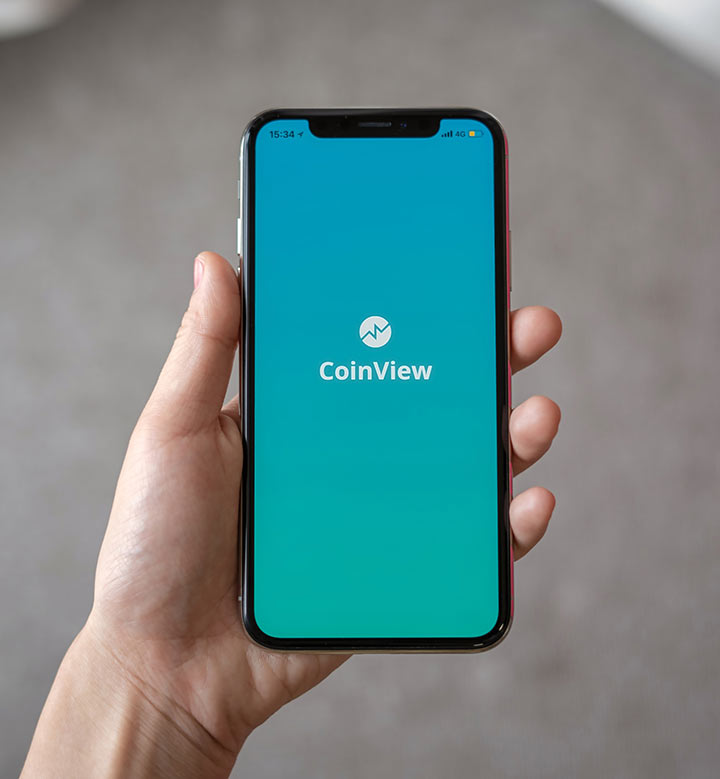In today’s hyper-connected digital world, mobile applications have become the backbone of businesses across industries. From e-commerce to healthcare, we rely on mobile apps to serve, engage, and retain users. But with increased usage comes greater risk. At iResolve Services, we believe mobile security is not an option — it’s a necessity.
So the question stands: Is your app truly safe?
Here’s what every business must know about mobile app security in 2025, and the best practices to stay one step ahead of potential threats.
1. Secure Your Code from the Start
Many mobile app vulnerabilities stem from poorly written or unprotected code. Hackers exploit these flaws to inject malware or gain access to sensitive data.
Best Practice:
Use code obfuscation, minification, and runtime detection tools to protect your code. At iResolve Services, we implement secure coding standards and continuously test for vulnerabilities during development.
2. Encrypt Everything
Your app may transmit sensitive data — personal information, passwords, transaction details — that needs to be protected.
Best Practice:
Use end-to-end encryption (E2EE) and HTTPS/TLS protocols for all data in transit. Store only what’s necessary, and always encrypt data at rest using AES-256 or stronger.
3. Two-Factor Authentication (2FA) is No Longer Optional
Passwords alone are not enough. 2FA provides an extra layer of protection that can prevent unauthorized access, even if credentials are stolen.
Best Practice:
Implement biometric verification (fingerprint/face ID) or SMS/email OTPs as a standard security measure for all user logins.

4. Be Cautious with Third-Party Libraries
Using third-party SDKs or libraries can speed up development — but they can also introduce vulnerabilities if not properly vetted.
Best Practice:
Regularly update third-party dependencies and avoid using unverified or outdated plugins. At iResolve, we thoroughly assess and test any third-party integration before implementation.
5. Regular Penetration Testing & Vulnerability Assessments
Security isn’t a one-time task. New threats emerge daily, and your app should evolve with them.
Best Practice:
Schedule regular penetration tests and use tools like OWASP Mobile Security Testing Guide (MSTG) to identify weak spots before hackers do.
6. Secure APIs Like a Fortress
APIs connect your app to servers, databases, and third-party services. If compromised, the damage can be extensive.
Best Practice:
Use API gateways, rate limiting, and token-based authentication (OAuth2, JWT) to protect your APIs from misuse and brute-force attacks.
7. Implement App Transport Security (ATS)
Apple’s ATS and Android’s Network Security Configuration help enforce best practices for secure network connections.
Best Practice:
Configure your app to only connect to trusted domains and block insecure HTTP requests altogether.
8. Monitor and Respond in Real-Time
Even with all precautions, breaches can still happen. Early detection and quick response are critical.
Best Practice:
Use Mobile Threat Defense (MTD) solutions to monitor app behavior and detect anomalies in real-time. Build alert systems into your backend to flag unusual user activities.
Security is not just a feature — it’s a foundation. As mobile apps continue to power digital transformation, securing them must be a top priority.
At iResolve Services, we specialize in building mobile applications that are not only powerful and user-friendly but also secured from the ground up. Whether you’re launching a new app or upgrading an existing one, let us help you safeguard your business and your users.








